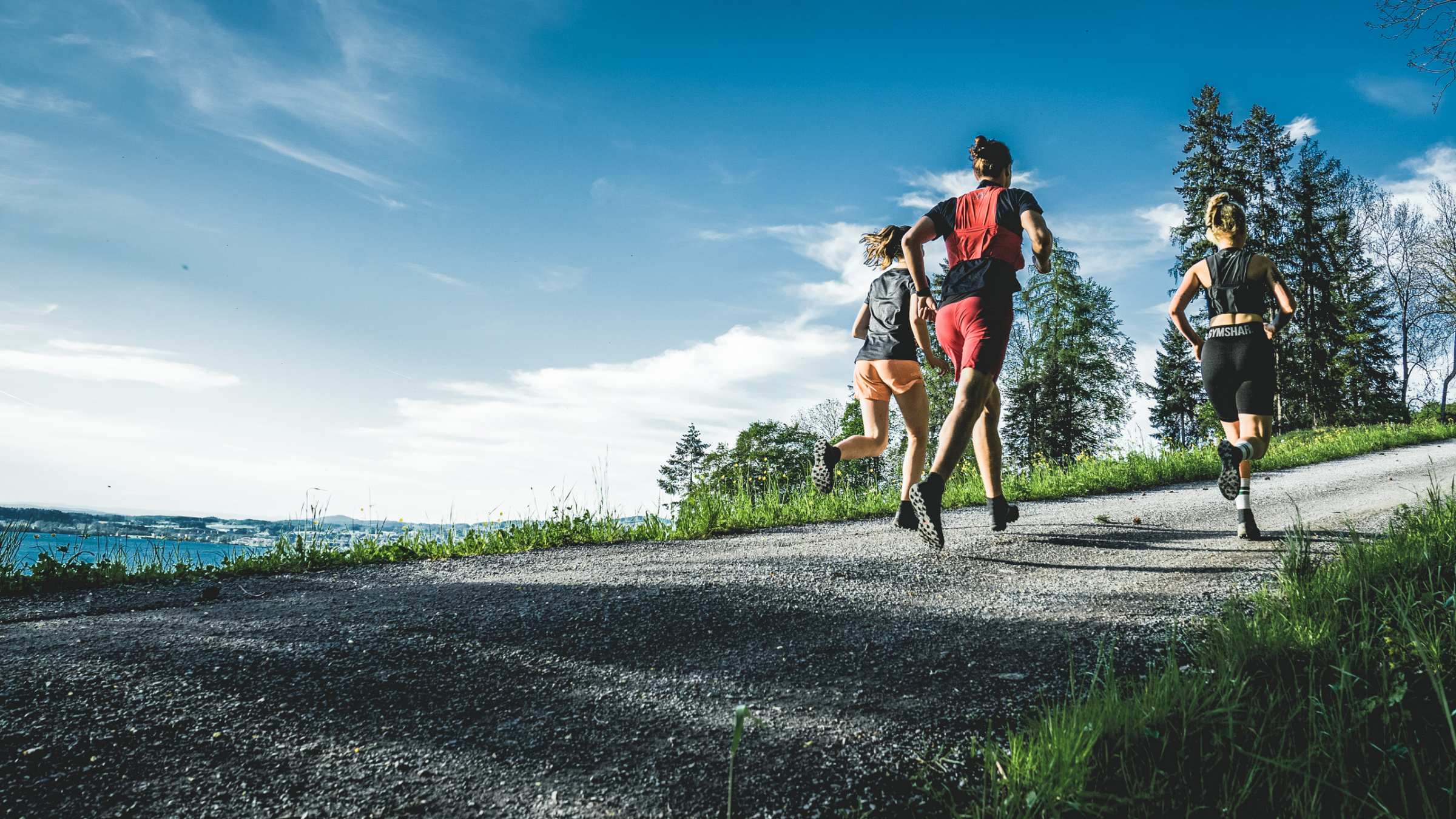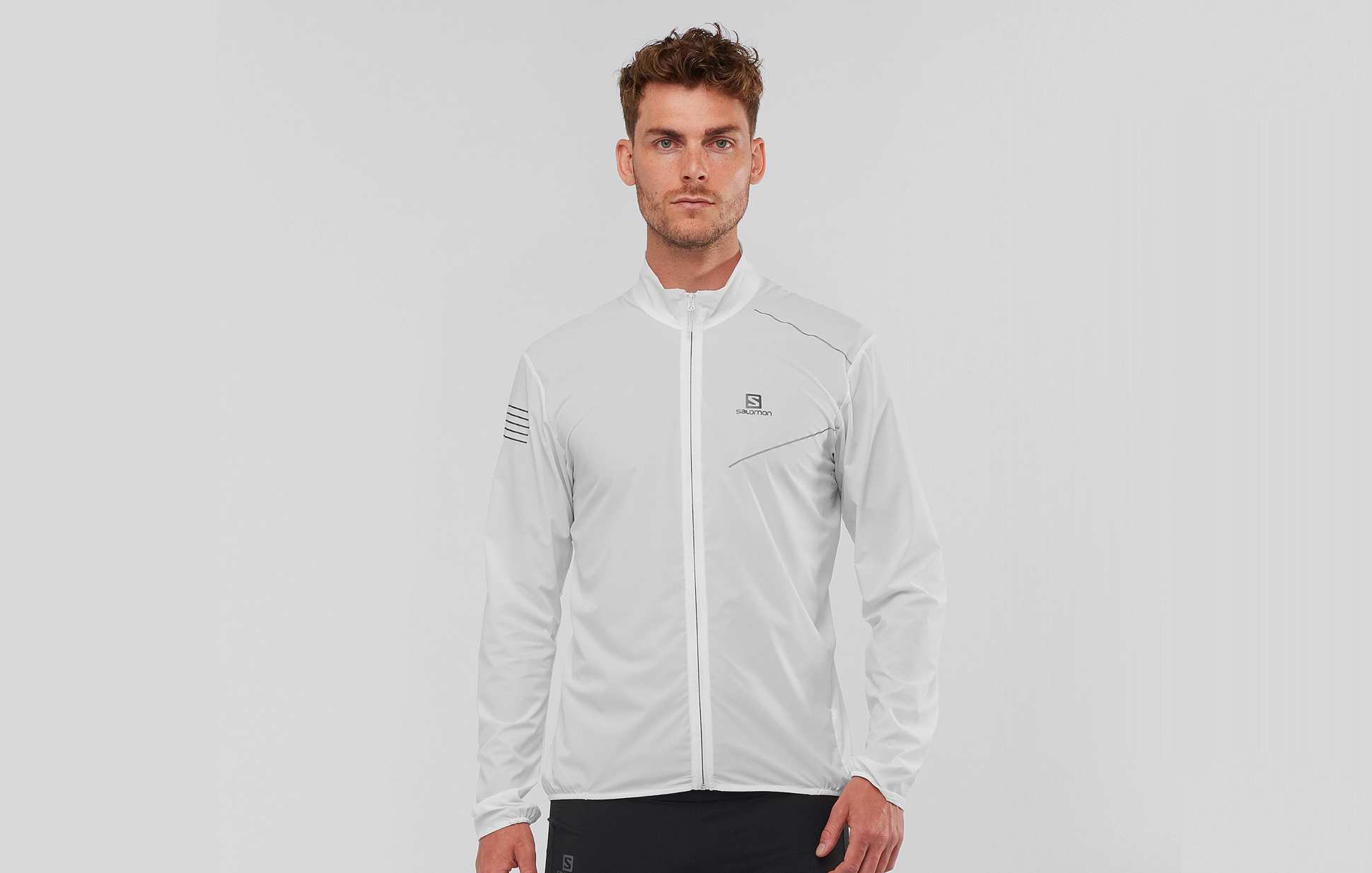
Next Up

When it comes to trail running, we mostly move in remote and sometimes (high) alpine regions. This autonomy not only requires better planning but also has higher demands on equipment and food than if you take a lap around the block.
In order to safely stow the necessary material and transport it comfortably, a good trail running backpack is essential. Depending on how long and in which region you are on the road, or whether you take part in a race, the capacity ranges from 2 to 15 litres. For multi-day tours or under extreme conditions, a backpack with up to 20 liters may be necessary.
Salomon, Ultimate Direction and other brands produce very comfortable and well-thought-out trail running backpacks and vests. Usually, 8 litres are enough to have all the material with you on longer tours, although the difference to 5 litres in weight and comfort is barely noticeable.

“
I pack the heavy items as close to the body as possible and as deep in the backpack as possible. Carry water in the bottles at the front, and I fill the side pockets with bars, tissue paper, etc. So they are easily accessible without stopping.
It's best to make a habit of always having your must-haves with you, no matter where you go or what the weather is like. Not only does it make preparation easier for you, it also allows you to change plans spontaneously, provides security and can be crucial in an emergency.
Super light and small, but just as effective and lifesaving in an emergency. It belongs in your trail running backpack for every trail run and is often even delivered together with the backpack by the manufacturer.
The cell phone always comes with me. Not only to snap great photos or for navigation, but also to contact someone in an emergency or to be located by the emergency services. Make sure that your mobile phone is charged and switched on during the run and that you have saved an emergency contact.
Always take enough fluids with you. It is best to have two 0.5L soft flasks in the vest, which you can fill up on the way depending on availability. A hydration bladder or the Katadyn BeFree drinking bottle with an integrated water filter are ideal for very long tours without the possibility of filling up with water.
Pack enough snacks, even if you don't even think about food before the run. Whether nuts, dates, bars or gels is a matter of taste and also depends on the planned effort. Test different products and develop good habits during training so that you know what you can rely on during competitions.

You should also always have a wind or rain jacket with you to protect yourself from cooling down. In alpine regions, it can get really cold and windy even in summer. If you are looking for a particularly light windbreaker, I recommend the Salomon SLAB series. In the case of rain jackets, however, Dynafit produces significantly more durable products with very low weight and pack size. When choosing your size, make sure that you can put the jacket on over your trail running backpack so that you don't have to interrupt your run.

A small sunscreen in a practical pocket size fits in every trail running backpack. Your skin will thank you. In order to reduce the chemical substances to a minimum, it is recommended to use sun cream for children. Of course, sunglasses and hats depend heavily on the weather. When it rains, a closed cap is comfortable, while on warm days a visor that is not closed at the top makes more sense so that the heat does not build up and you still have shadows around the eyes.
If you're already running, you probably already know what type of shoe you need. If not, you should consider a (usually free) foot analysis and professional advice in a sports shop. Then your shoe should above all be comfortable and fit perfectly even on longer runs. When buying, make sure that you don't feel any pressure points and that you don't slip around in the shoe.
There are very different models depending on the surface, distance and destination. In any case, use two or three pairs in parallel and make sure that you don't run all units in rock-hard, undamped shoes, especially if it takes longer.

Next Up